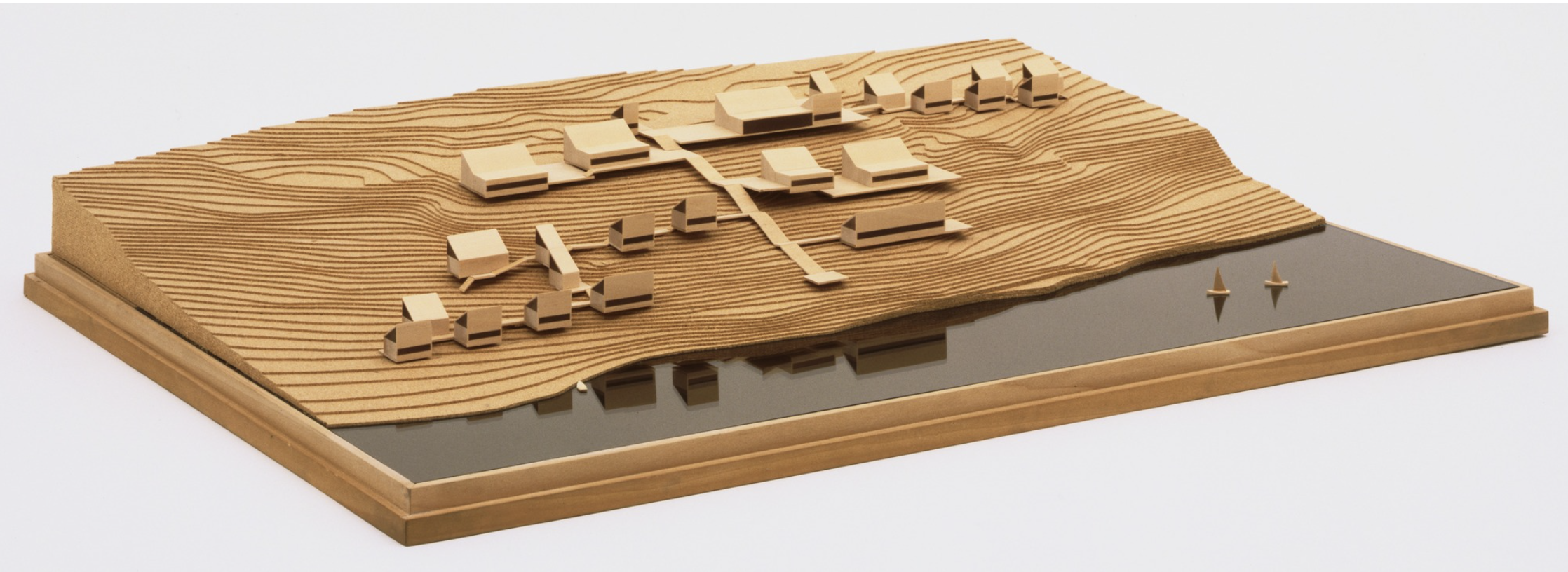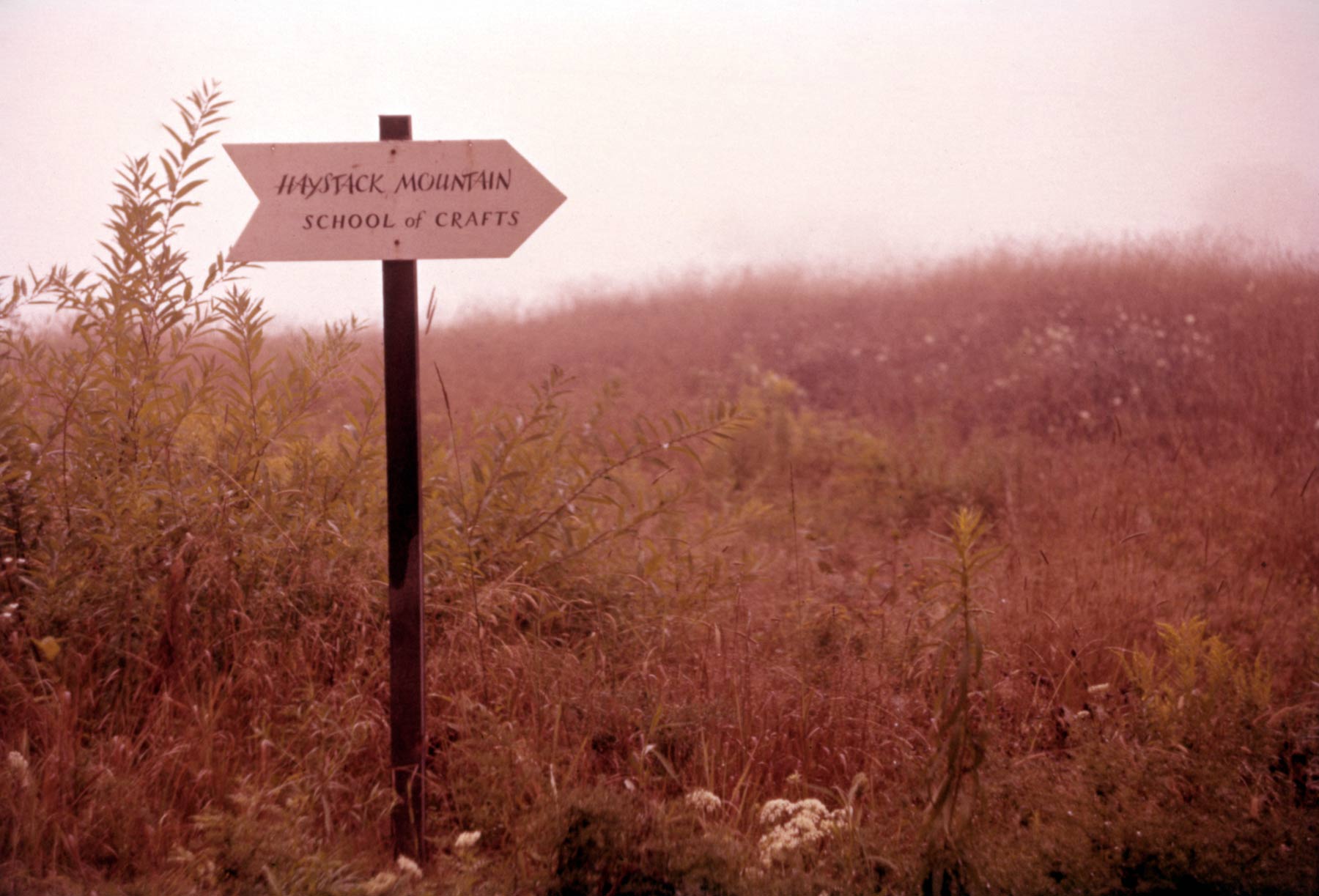
MISSION
Haystack connects people through craft. Located on the coast of Maine, Haystack provides the freedom to engage with materials and develop new ideas in a supportive and inclusive community. Serving an ever-changing group of makers and thinkers, we are dedicated to working and learning alongside one another, while exploring the intersections of craft, art, and design in broad and expansive ways.
STRATEGIC PLAN
Haystack recently completed a comprehensive, eighteen-month strategic planning process that sought to build upon the School's solid foundation, honoring our values and history while charting the course for our next chapter. The revised Mission Statement above is one of the outcomes of our work.
ABOUT HAYSTACK
The Haystack Mountain School of Crafts is an international craft school located on the Atlantic Ocean in Deer Isle, Maine. Founded in 1950 as a research and studio program in the arts, Haystack offers one and two-week studio workshops to participants of all skill levels as well as the two-week, Open Studio Residency program, exhibitions, tours, auctions, artist presentations, and shorter workshops for Maine residents and high school students.
We support visiting artists and scholars from a variety of fields including science, literature, music, and the visual arts who are invited to spend two weeks at the school focusing on their work. Haystack also functions as a ʻthink-tankʼ in looking at craft—publishing annual monographs and organizing a variety of conferences and symposia that examine craft in broader contexts. These include collaborations with other institutions such as the MIT Center for Bits and Atoms and the Cooper-Hewitt National Design Museum, Smithsonian Institution. The award-winning campus was designed by noted American architect, Edward Larrabee Barnes, and opened in 1961 when the school relocated to Deer Isle.
History
When Haystack was founded in 1950, it was truly an experiment in education and community, with no permanent faculty or full-time students, a School that awarded no certificates or degrees. And while the school has grown in ways that could never have been imagined, the core of our work and the ideas we adhere to have stayed very much the same.
View a full historical list of faculty who taught at the School.

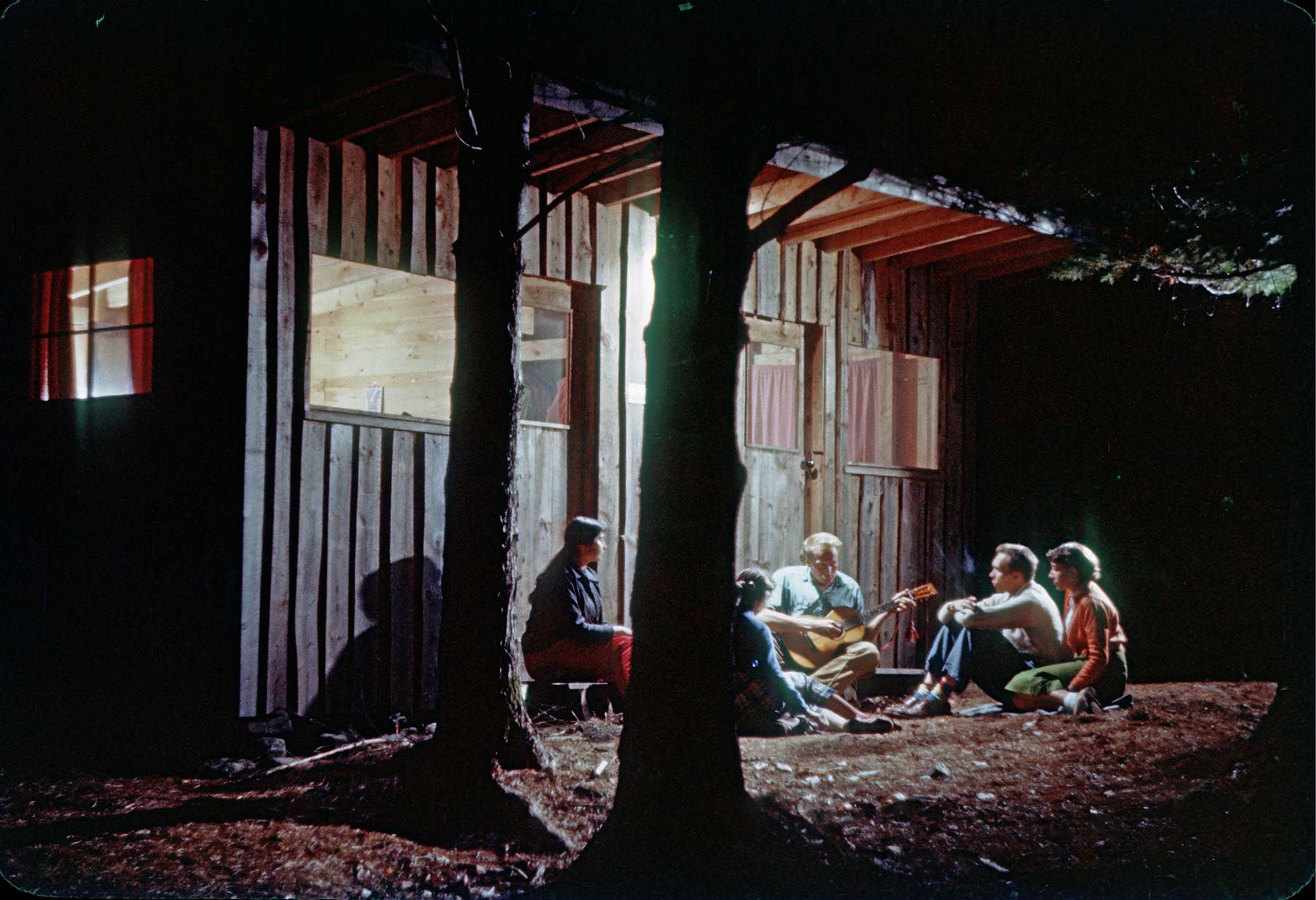
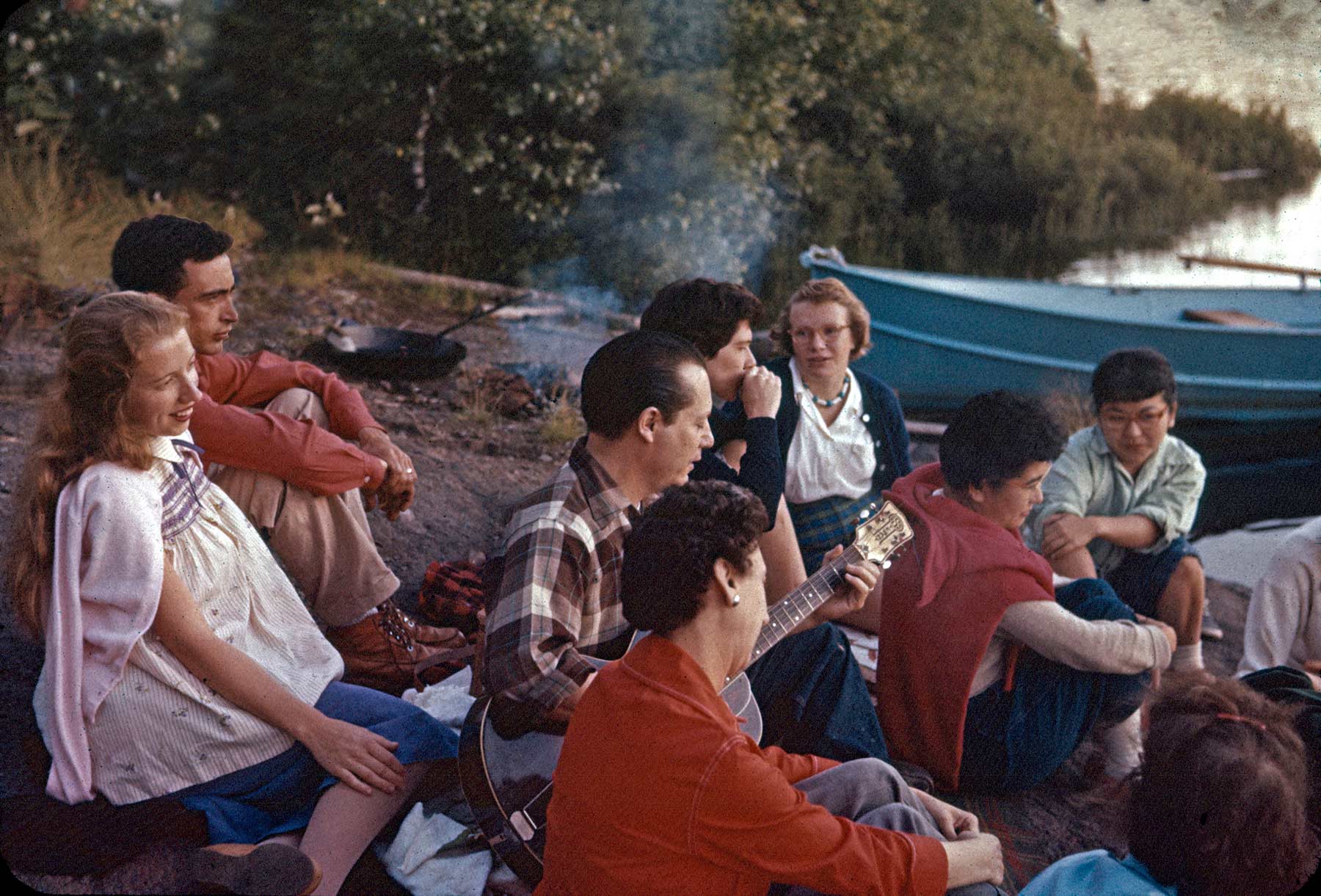
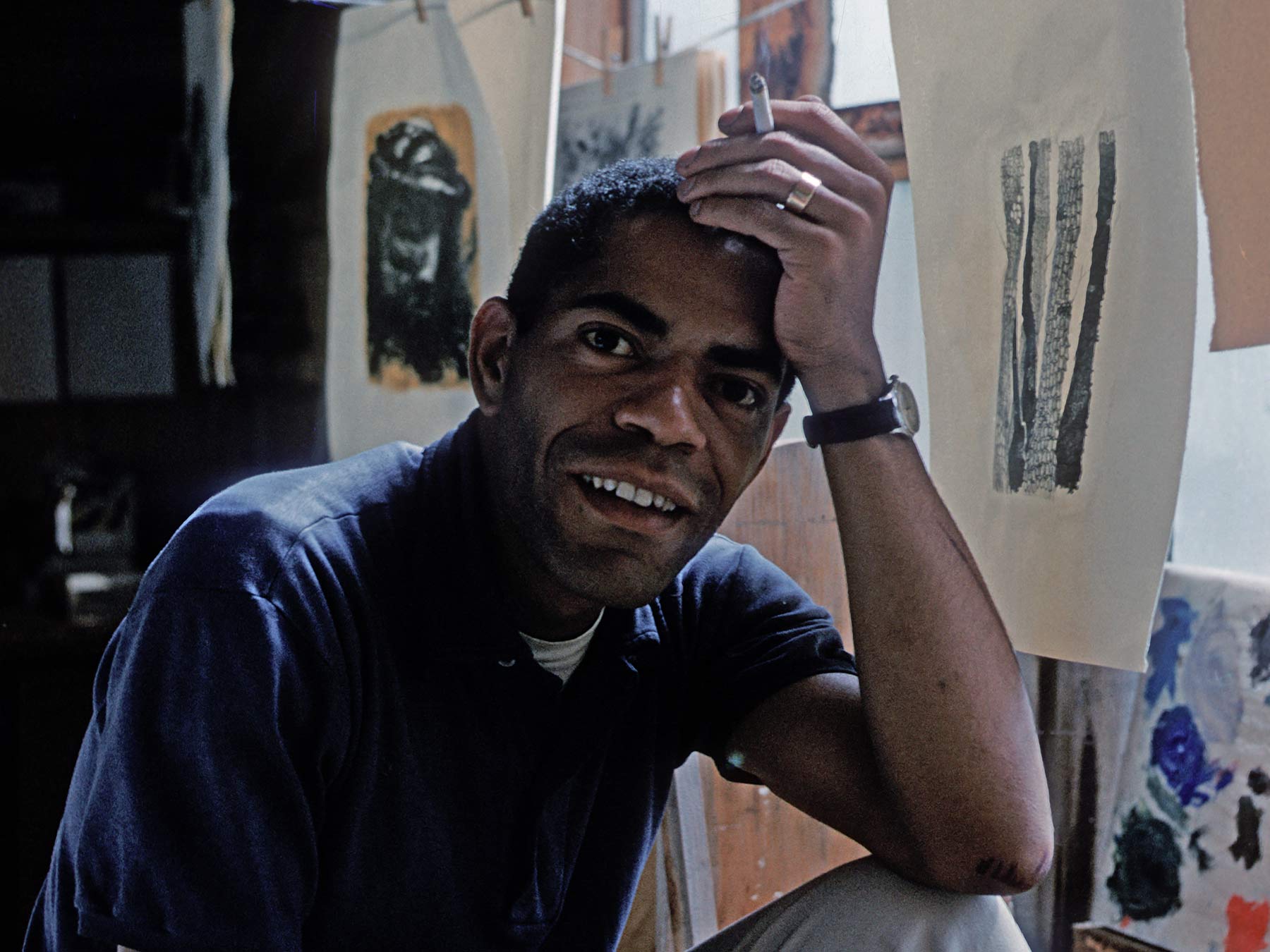
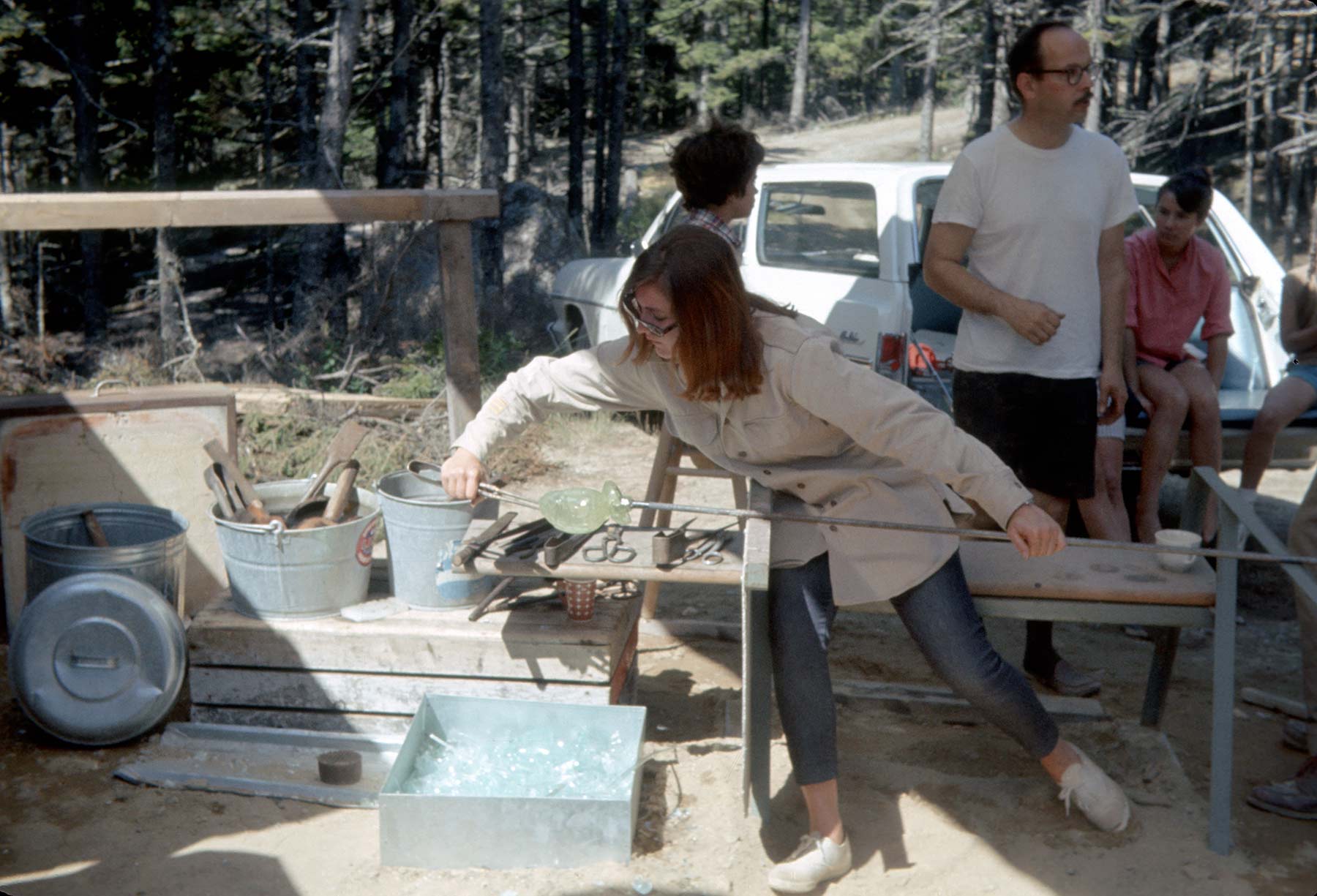
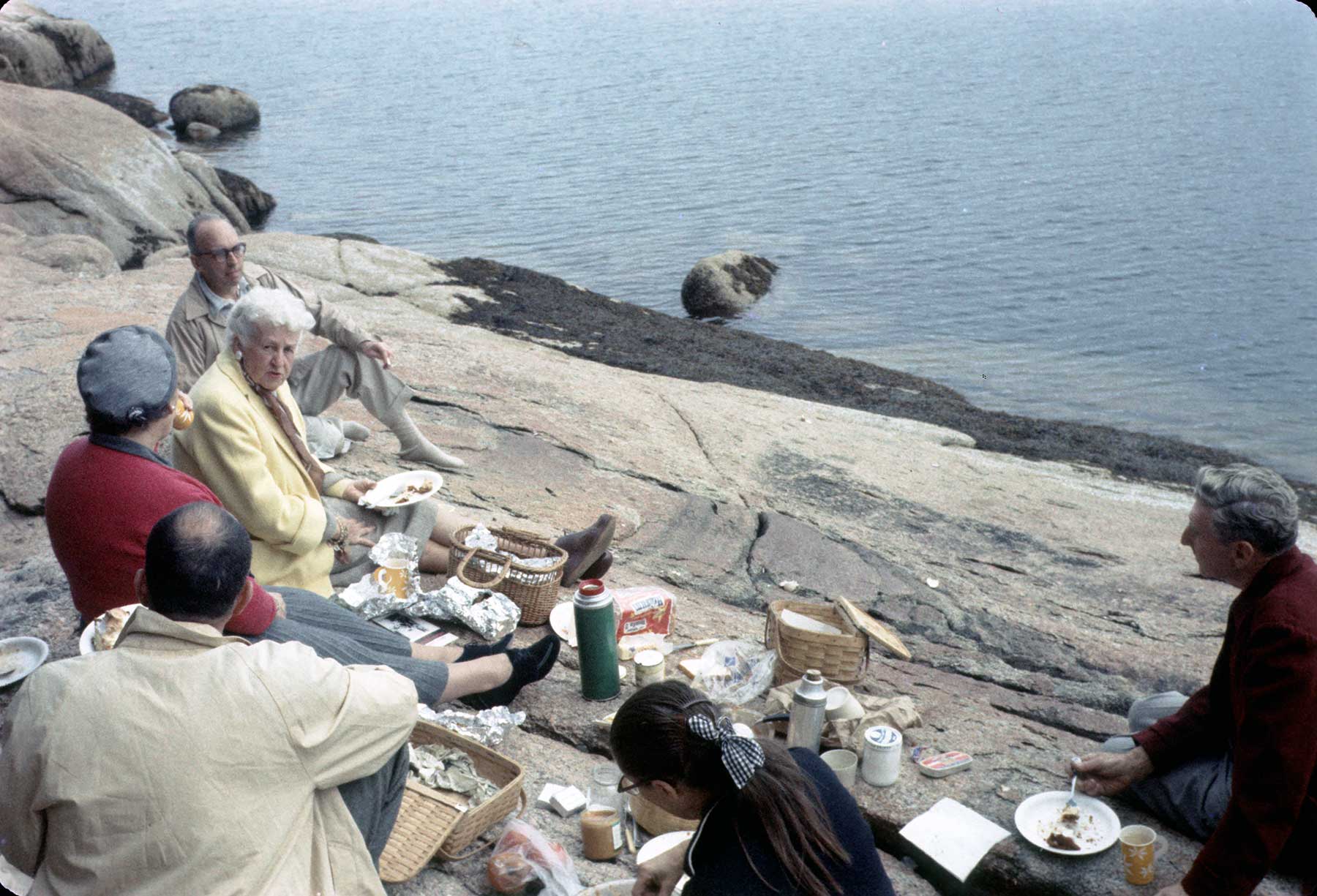
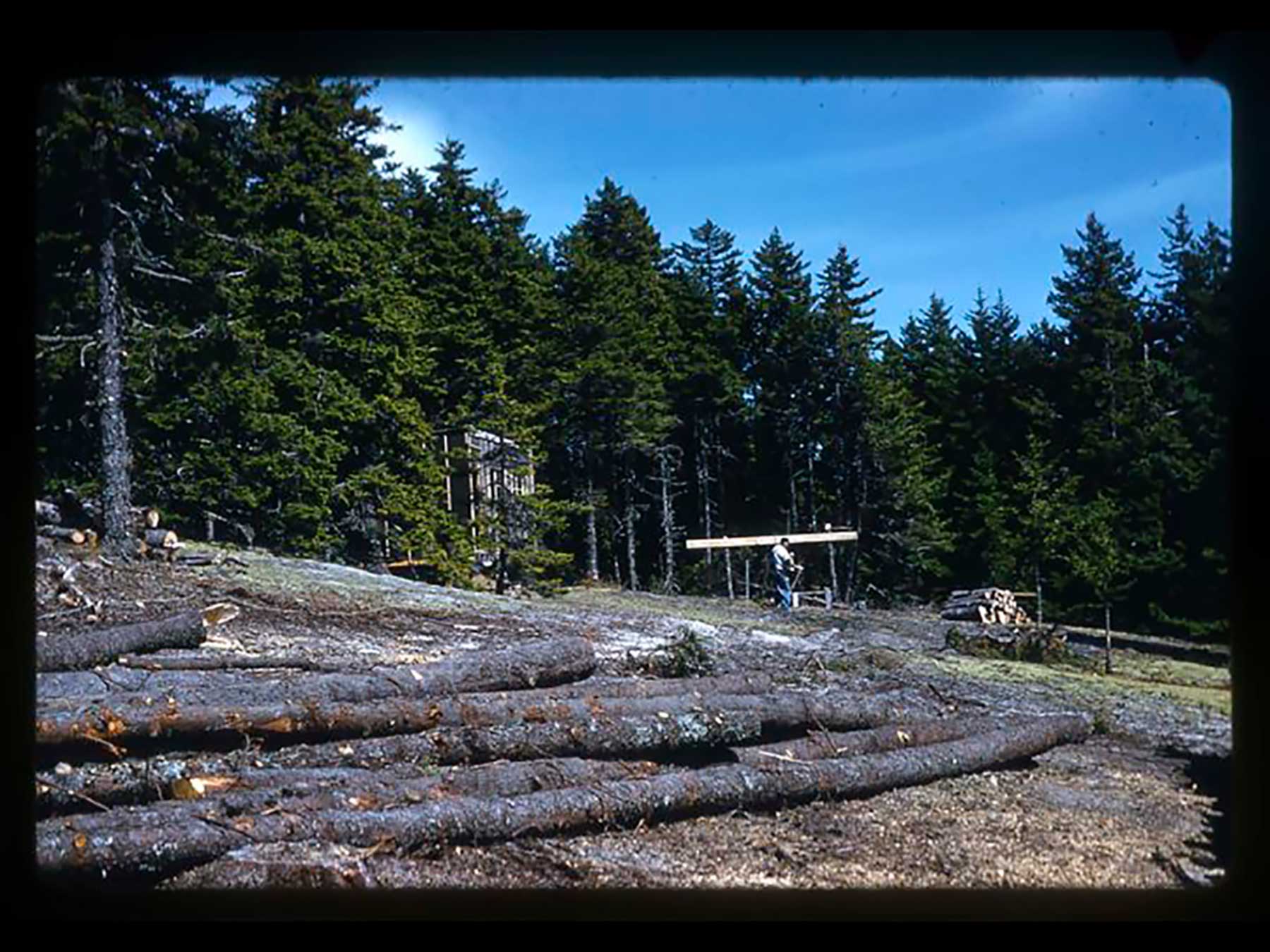

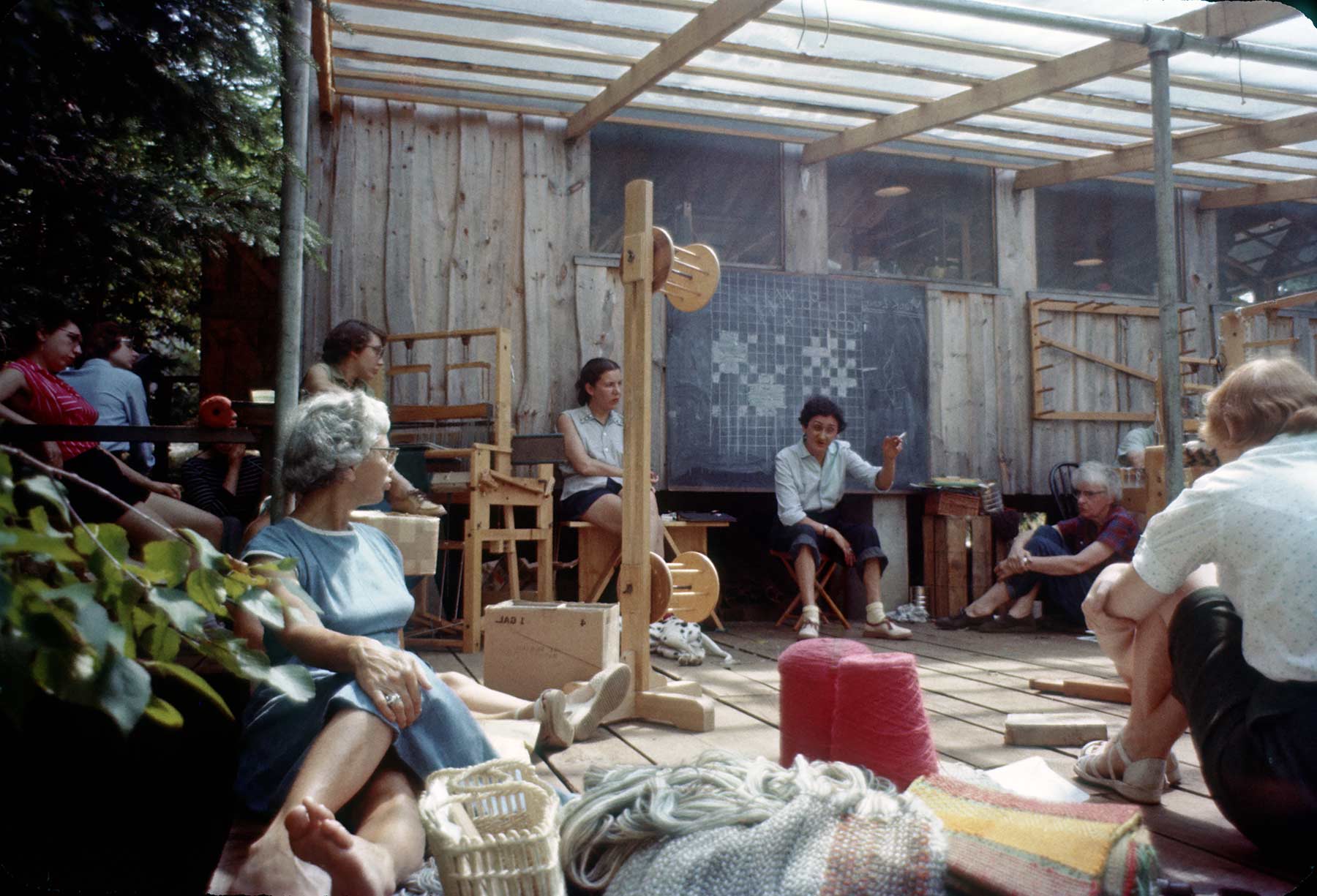
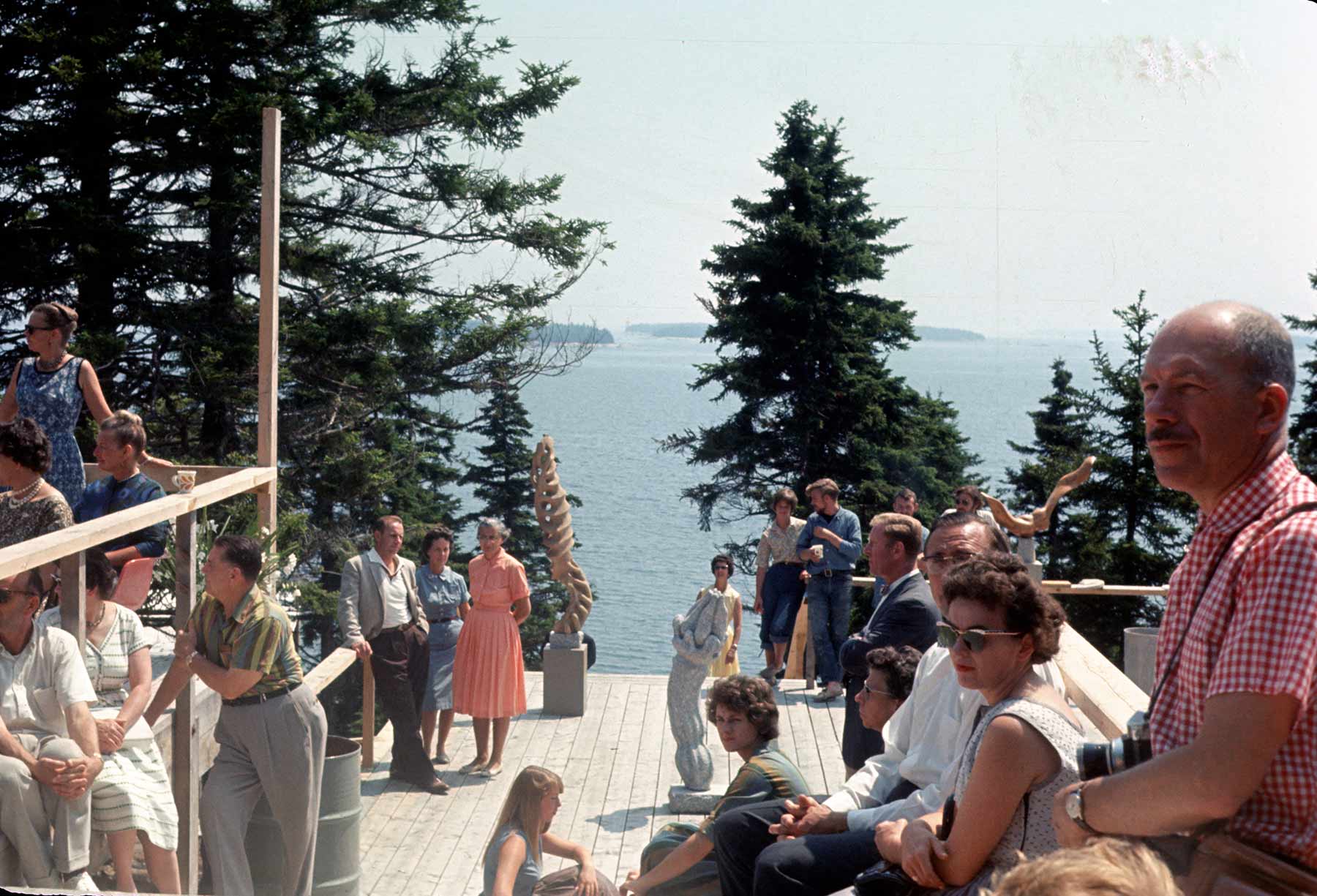
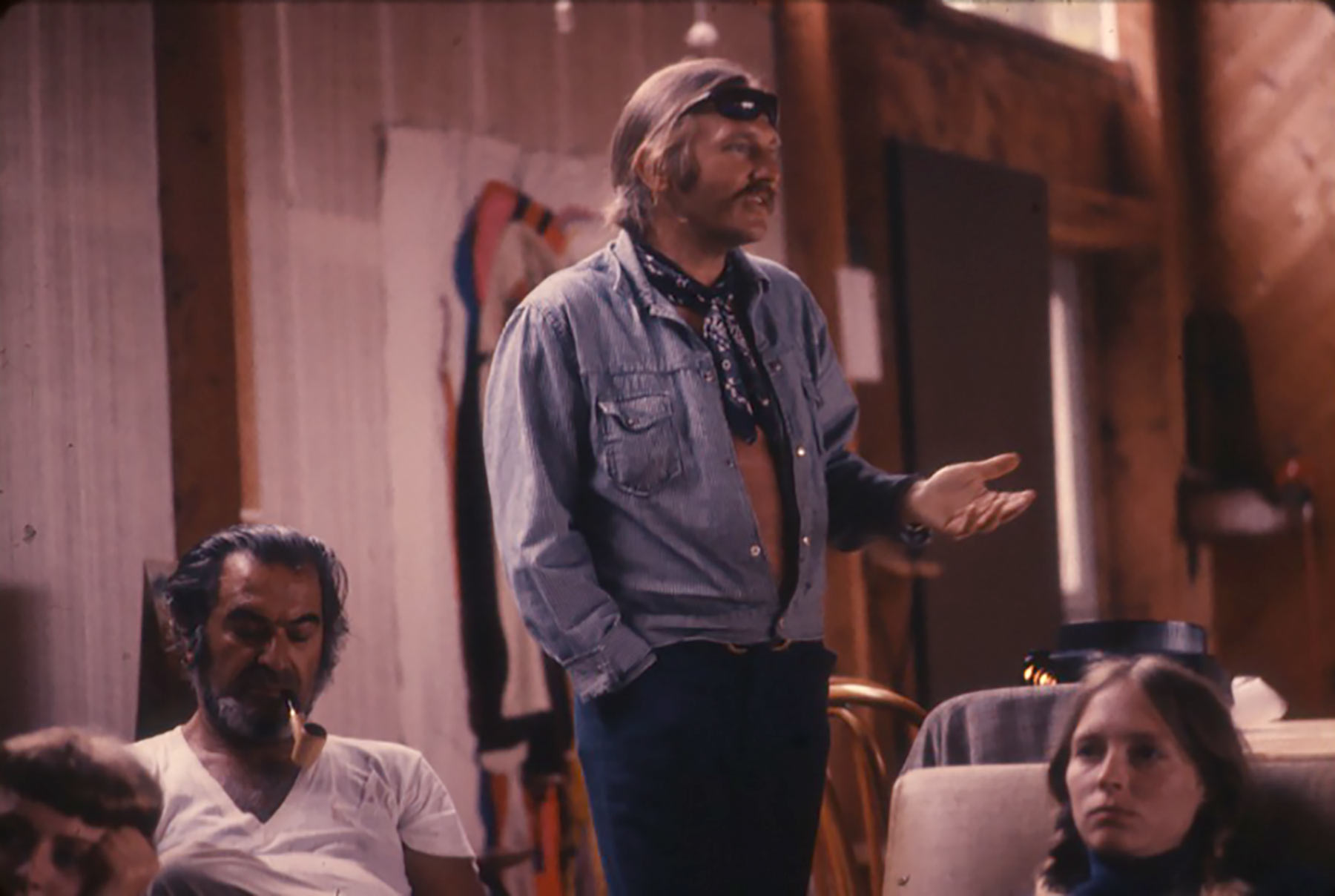

![167.b-Inside-pot-shop,-Margot-Neugebauer-[name-stamped-onto-slide,-owner_]-JUL-61R_web.jpg](https://images.squarespace-cdn.com/content/v1/5bf31fb8b98a78a56c5bf68a/1560094437373-UKJ9EOFP5H4Q0LGZAFQS/167.b-Inside-pot-shop%2C-Margot-Neugebauer-%5Bname-stamped-onto-slide%2C-owner_%5D-JUL-61R_web.jpg)
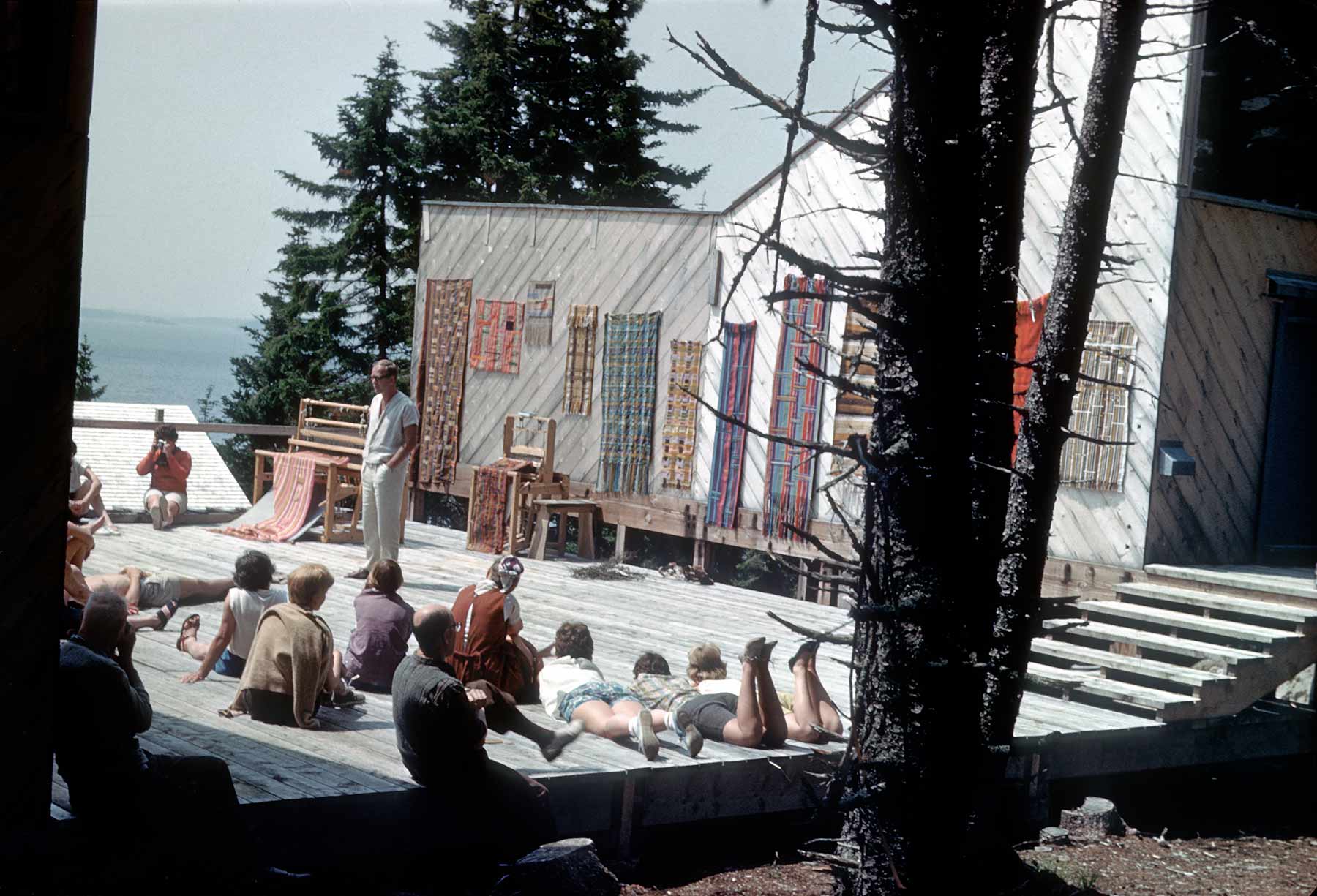
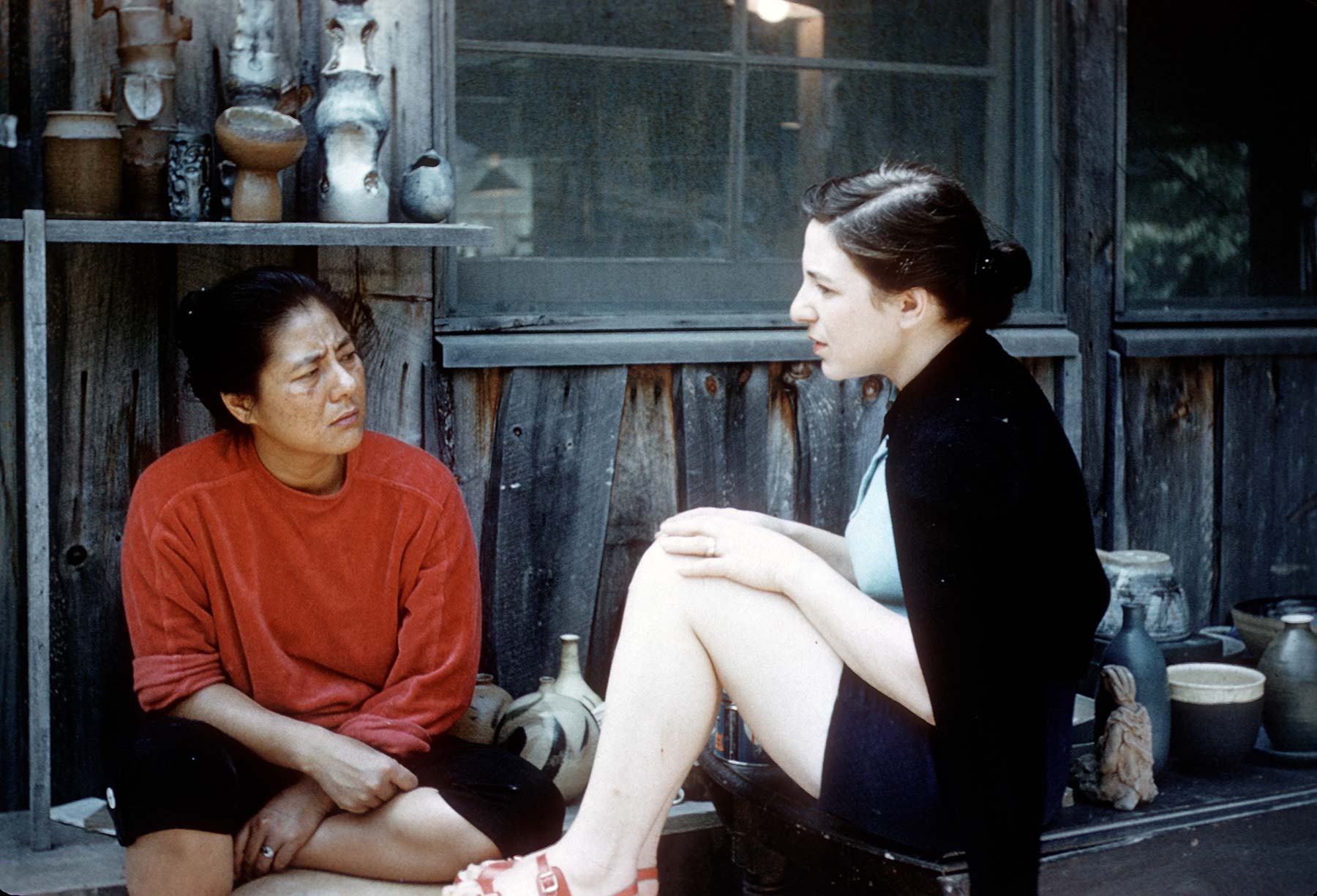
Architecture
In writing about Haystack, Robert Campbell, architecture critic for the Boston Globe, described the School as “so perfectly fitted to its site and its purpose that you never afterwards forget it.”
American architect Edward Larrabee Barnes (1915-2004) designed the Haystack campus on Deer Isle, which opened to the public in the summer of 1961. The architectural plan situated a series of modest structures on a granite ledge overlooking the Atlantic Ocean, built in a vernacular style with local materials and interconnected by a series of walkways that encouraged community while seeming to float above the forest floor. His project for Haystack quickly gained attention and, over the years, would become recognized as an architectural masterpiece and an icon of American modernism. While Barnes went on to design the Walker Art Center in Minneapolis and the Dallas Museum of Art, among other notable buildings, he would often refer to Haystack as “one of my happiest projects.”
The School was awarded the coveted Twenty-five Year Award from The American Institute of Architects in 1994 in recognition of buildings that have retained their integrity and set standards of excellence for architectural design and cultural significance. The Haystack campus is one of only fifty-three buildings to receive this recognition, alongside the Solomon R. Guggenheim Museum (NY), the Gateway Arch, St. Louis (MO), and the East Building, National Gallery of Art, Washington, D.C., to name just a few. In 2006, the campus was added to the National Register of Historic Places, further emphasizing the architectural significance of the school, and in 2021, The New York Times Style Magazine featured Haystack Mountain School of Crafts as one of the twenty-five most significant works of postwar architecture.
Staff & TRUSTEES
STAFF
Perry Price
Executive Director
director@haystack-mtn.org
Julie Adley
Office Manager
office@haystack-mtn.org
Ginger Aldrich
Development Director
development@haystack-mtn.org
Molly Flanigan
Development + Database Coordinator
devdata@haystack-mtn.org
Isaac Goss
Maintenance Assistant
isaac@haystack-mtn.org
Jennifer Hand
Interim Programs + Studio Director
jennifer@haystack-mtn.org
Kerri Harding
Store Operations Manager
store@haystack-mtn.org
Marissa Hutchinson
Programs + Studio Manager
programs-studio@haystack-mtn.org
Annette Huval
Accounting
accounting@haystack-mtn.org
Walter Kumiega
Facilities Director
operations@haystack-mtn.org
Kate Lochner
Communications Coordinator
kate@haystack-mtn.org
Catherine Moore
Finance Director
catherine@haystack-mtn.org
Bích Nguyên Nguyễn
Registrar
registrar@haystack-mtn.org
James Rutter
Technology Director
fablab@haystack-mtn.org
Mia Sartori
Studio Coordinator
mia@haystack-mtn.org
Brad Willis
Studio Coordinator
brad@haystack-mtn.org
Josh Worthington
Operations Manager
josh@haystack-mtn.org
Phoebe Zildjian
Fab Lab Coordinator
phoebe@haystack-mtn.org
TRUSTEES
Namita Gupta Wiggers
President
Alison Croney Moses
Vice President
Laura Galaida
Treasurer
Helen Lee
Clerk
M. Rachael Arauz
Abigail Barrows
Brett Bentson
Sara Clugage
Annet Couwenberg
Tanya Crane
Andres Payan Estrada
Michelle Millar Fisher
Mickie Flores
Elizabeth Hoelle
Ryan Hoover
Ayumi Horie
Nina Johnson
Kaki Martin
John Ollman
Gina Podesta
Valerie Wicks
LIFE TRUSTEES
Edward Larrabee Barnes (1915-2004)
Mary Barnes (1911-2009)
Katherine Cheney Chappell
William P. Daley (1925-2022)
Arline Fisch (1931-2024)
Charles R. Gailis (1939-2005)
Jane Weiss Garrett (1923-2016)
Wayne Higby
Richard Howe
Lissa Hunter
Jack Lenor Larsen (1927-2020)
Priscilla Merritt (1913-2006)
Marlin Miller
Mary Nyburg (1918 - 2006)
Eleanor Rosenfeld
Claire Sanford
Cynthia Schira
Rosanne Somerson
Joan Sorensen
Dr. Robert Springborn (1929-2018)
Robert Turner (1913-2009)
Gerry Williams (1926-2014)






